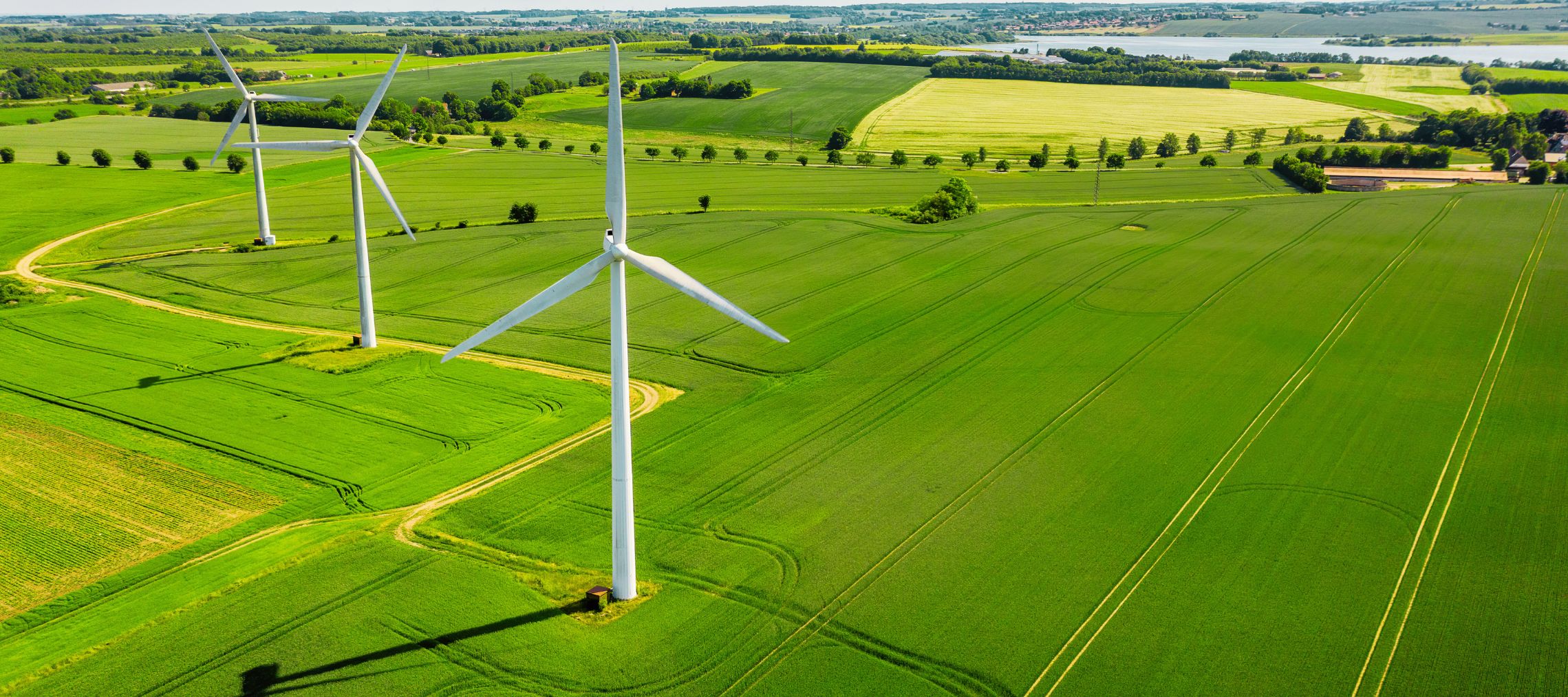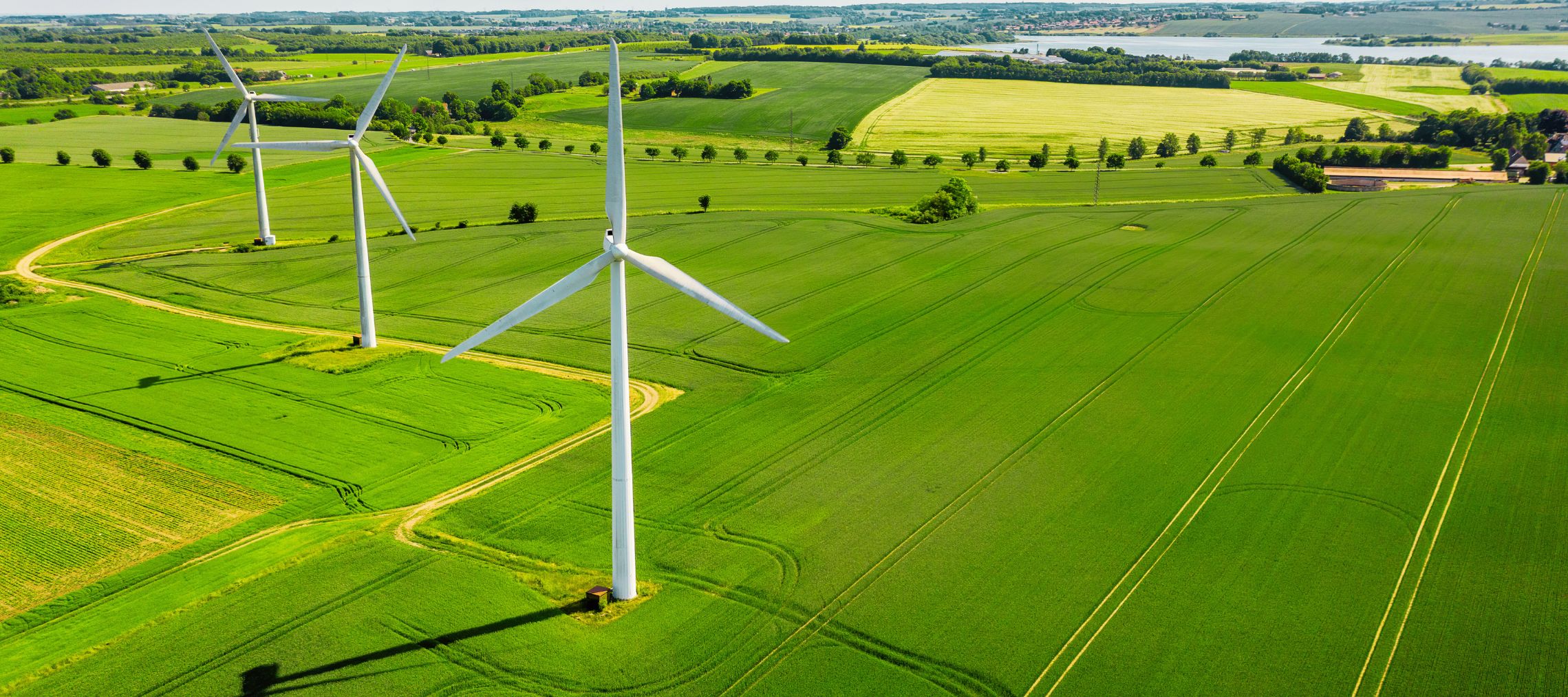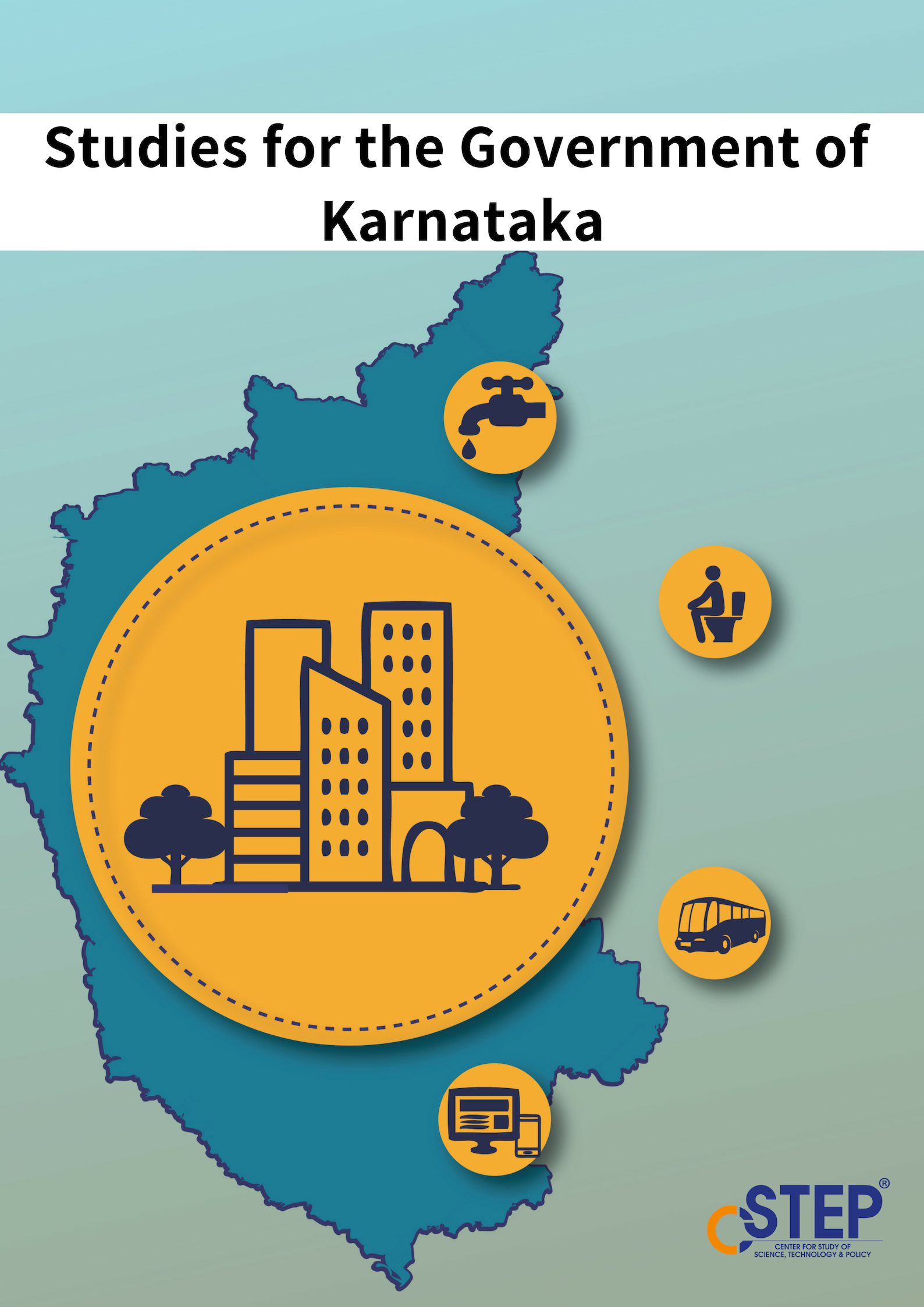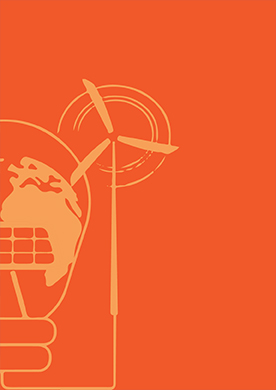India aims to meet its growing power demands through the expansion of its renewable energy capacity. This warrants a strong transmission infrastructure to integrate and evacuate renewable energy, as a transmission network acts as the backbone of power systems to transfer power from generation stations to load centres. As the country works towards this mission, a thorough transmission network analysis is needed to design a power evacuation scheme and assess technical feasibility. CSTEP supports transmission utilities to strengthen their transmission infrastructure and integrate a higher share of renewable energy to provide a reliable supply.




Senior Analyst
As a senior analyst, you will be involved in conducting the transmission planning studies being undertaken at CSTEP for various Indian states. The role offers an opportunity to contribute to the integration of renewable energy sources into transmission networks, while also spearheading initiatives for the seamless integration of electric vehicles and solar rooftop technologies into distribution networks.
Andhra Pradesh Power Sector: A Roadmap Till 2040
Andhra Pradesh's (AP’s) gross state domestic product stood at INR 1,201,736 crore (USD 157.36 billion) in FY 22. The power sector played a crucial role in supporting the state's economic growth. The state initiated power sector reforms as early as 1998 and was also the first state to sign the ‘Power for All’ agreement—the basis for power sector planning in AP—with the Government of India in September 2014.
Kerala Energy Transition Roadmap 2040
The state of Kerala is committed to sustainability, with aims to attain net-zero emissions by 2050 and meet 100% of its energy requirements though renewable energy (RE) sources by 2040. However, currently the state’s internal power generation meets only 30-35% of its energy requirements, while the rest is supplied by imports, predominantly sourced from coal-based resources. This scenario emphasises the need for understanding the state's energy dynamics and developing an actionable plan to reduce the dependence on thermal imports and enable a smooth RE transition.
Address the surging energy demand
On August 25, 2023, Karnataka clocked the highest-ever peak demand for energy at 16,950 MW. This unusual surge (the state normally experiences peak demand in the summer months) was driven by factors such as escalated energy consumption due to the provision of free power up to 200 units/month to domestic consumers, poor rainfall leading to increased energy consumption by farmers, and heightened commercial and industrial activities within the state.
Feasibility of Offshore Wind Farms in India
India’s energy demand is expected to grow at about 3% per annum till 2040, which necessitates the development of more clean power sources to fulfil this demand. India aims to meet 50% of the nation’s energy requirement through green energy sources by installing 500 GW of non-fossil fuel-based energy sources. In this context, the Indian power sector has introduced various policies to encourage investors and developers to establish more renewable energy plants.
Integrating Renewables: Need to upgrade Uttar Pradesh's transmission infrastructure
Uttar Pradesh, the fourth largest state in terms of land area, is the most populated state in India, accounting for over 16% of the country’s total population. As of January 2023, the installed capacity for power generation in Uttar Pradesh was about 31.4 GW, with thermal energy accounting for the majority (82% of the total installed capacity), followed by solar energy (8%) and biomass (7%).
Energy transition: opportunities and challenges for the Indian power sector
The country has already made significant progress with installed renewable energy (RE) capacity reaching 114 GW as of 30 June 2022. This includes 41 GW of wind energy and 58 GW of solar energy. However, to get to 500 GW, India still has a long way to go. It needs to install more than 300 GW of RE capacity in the next 8 years. For this, a concerted effort from power sub-sectors (generation, transmission, and distribution) and a detailed analysis of the opportunities and challenges of each of them is required.
In this article, we touch upon transmission and distribution.
The Challenges of Setting up an International Power Grid
The International Energy Agency published a report entitled ‘Southeast Asia Energy Outlook 2022’ last month. It said that the rapid economic growth in most Southeast Asian countries since 2000 is now threatening their energy security, as they struggle to keep pace with their growing energy needs.
The scene is not very different for other regions of the world.